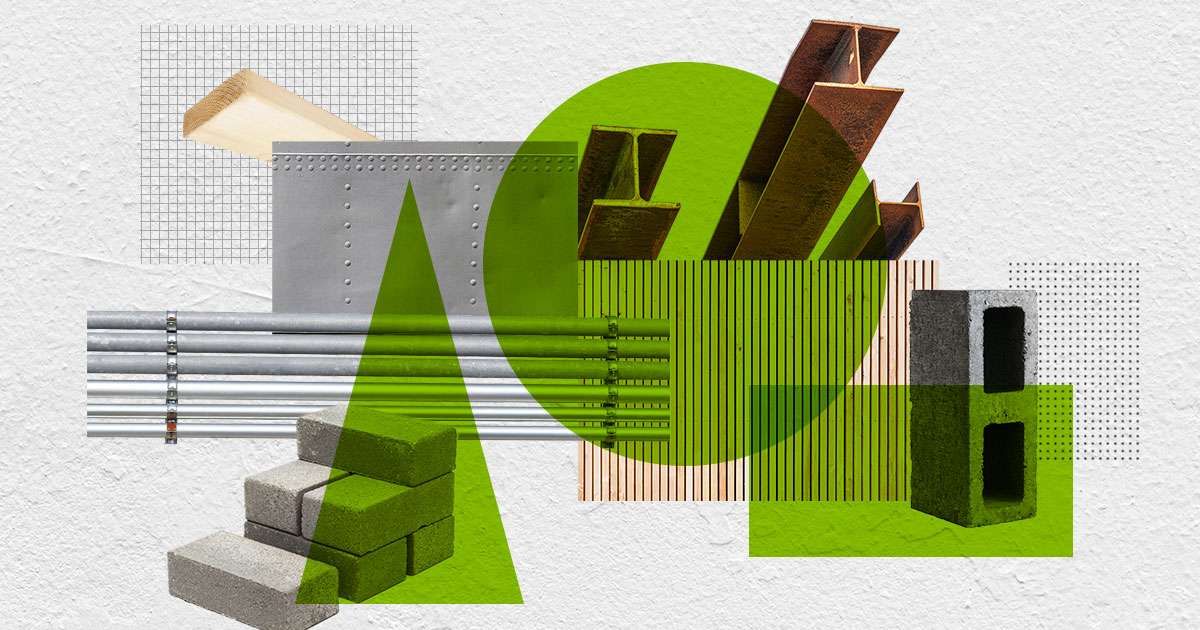The pursuit of environmentally friendly and health-conscious living has spurred a renewed interest in heath building material. We are moving beyond conventional construction methods to embrace materials that minimize our ecological footprint and promote healthier indoor environments. This shift is driven by increasing awareness of the impact of building materials on both human health and the planet. The demand for heath building material is growing, fueled by a desire for sustainable, energy-efficient homes that contribute to the well-being of occupants. This article explores the benefits and options available in the realm of healthy and sustainable construction.
Understanding Heath Building Material
Heath building material encompasses a wide range of products that prioritize human health and environmental sustainability. These materials are often characterized by:
- Low or No VOCs (Volatile Organic Compounds): Reducing indoor air pollution.
- Renewable Resources: Utilizing materials like bamboo, wood, and straw.
- Recycled Content: Incorporating materials salvaged from waste streams.
- Durability and Longevity: Minimizing the need for frequent replacement.
- Energy Efficiency: Contributing to reduced energy consumption for heating and cooling.
Popular Heath Building Material Choices
Wood: A Time-Honored Choice
Sustainably harvested wood remains a popular and effective heath building material. Look for certifications like FSC (Forest Stewardship Council) to ensure responsible forestry practices. Wood offers excellent insulation, natural beauty, and can be sourced locally in many regions.
Bamboo: The Rapidly Renewable Resource
Bamboo is a remarkably fast-growing grass that offers excellent strength and versatility. It’s an excellent heath building material for flooring, paneling, and even structural components. Its rapid growth cycle makes it a highly renewable option.
Straw Bales: Natural Insulation
Straw bale construction utilizes tightly packed straw bales as walls, offering exceptional insulation and a unique aesthetic; This method is particularly effective in arid climates and can significantly reduce heating and cooling costs. It’s a truly natural and sustainable option.
Recycled Content Materials
Utilizing recycled content materials is a key strategy in sustainable building. Options include recycled glass countertops, recycled plastic lumber, and reclaimed wood flooring. These materials divert waste from landfills and reduce the demand for virgin resources.
Comparing Heath Building Material Options
| Material | Pros | Cons | Typical Applications |
|---|---|---|---|
| Wood | Renewable, strong, aesthetically pleasing, good insulation | Susceptible to moisture and pests, requires proper treatment | Framing, flooring, siding, decking |
| Bamboo | Rapidly renewable, strong, lightweight | Requires treatment, limited availability in some regions | Flooring, paneling, fencing |
| Straw Bales | Excellent insulation, renewable, low cost | Susceptible to moisture, requires specialized construction techniques | Walls |
| Recycled Glass | Durable, aesthetically pleasing, reduces landfill waste | Can be expensive, limited color options | Countertops, tiles |
The future of construction hinges on our ability to embrace sustainable practices and prioritize the health of our planet and ourselves. Heath building material offers a pathway to creating homes and buildings that are not only aesthetically pleasing but also environmentally responsible and conducive to well-being. By carefully considering the options available and making informed choices, we can build a healthier and more sustainable future for generations to come.

